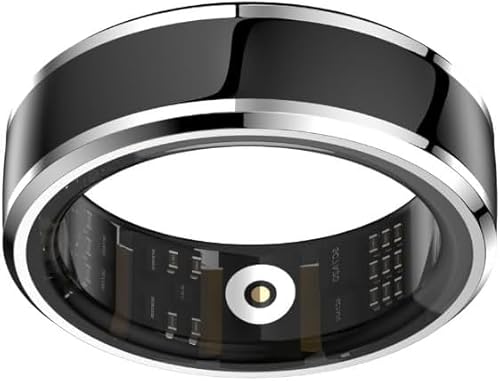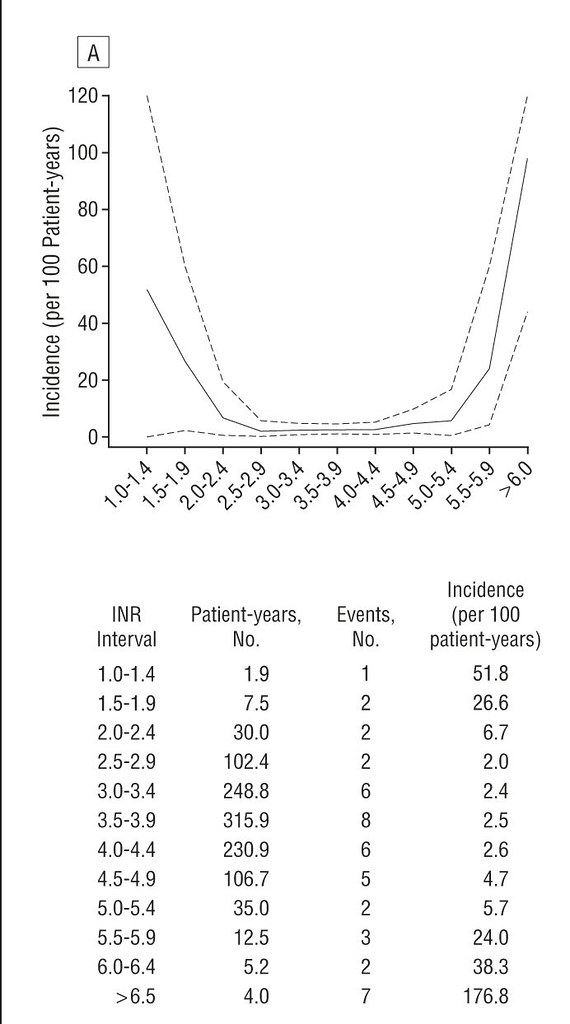Tom in MO
Your arguement is the just a mirror of those who say I will take a tissue valve and have a redo in a few years because I don't like warfarin.
Why would you want 2 colonoscopies? Any procedure carries risks. The scope could perforate the colon and...
You go into a colonoscopy to explore, find, snip and probe. All at once. You want to have a whole nother low fiber for days, clear liquids for a day, purging concoctions all over again?
If you have been coagulated properly for a while, you can go off warfarin for 5 days and restart without major problems. Yes I chickened but I still held off lovenox for 24 hours with an INR of 1.5.
Clots on valves take a while to form. It is a reasonable risk to take once than to chance and compound risks.
Your arguement is the just a mirror of those who say I will take a tissue valve and have a redo in a few years because I don't like warfarin.
Why would you want 2 colonoscopies? Any procedure carries risks. The scope could perforate the colon and...
You go into a colonoscopy to explore, find, snip and probe. All at once. You want to have a whole nother low fiber for days, clear liquids for a day, purging concoctions all over again?
If you have been coagulated properly for a while, you can go off warfarin for 5 days and restart without major problems. Yes I chickened but I still held off lovenox for 24 hours with an INR of 1.5.
Clots on valves take a while to form. It is a reasonable risk to take once than to chance and compound risks.






























